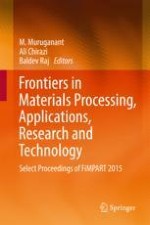
2018 | OriginalPaper | Chapter
1. String-Like Fiber Dust Occurrence in Crush Cutting of Stacked Liner Boards
Authors : Shigeru Nagasawa, Takuya Oyake, Takashi Kajizuka
Published in: Frontiers in Materials Processing, Applications, Research and Technology
Publisher: Springer Singapore
Activate our intelligent search to find suitable subject content or patents.
Select sections of text to find matching patents with Artificial Intelligence. powered by
Select sections of text to find additional relevant content using AI-assisted search. powered by